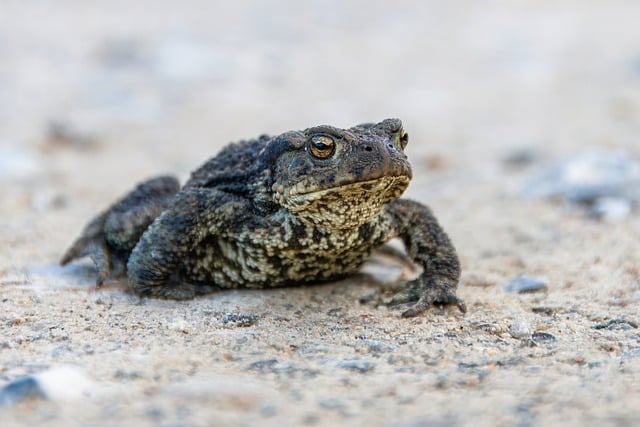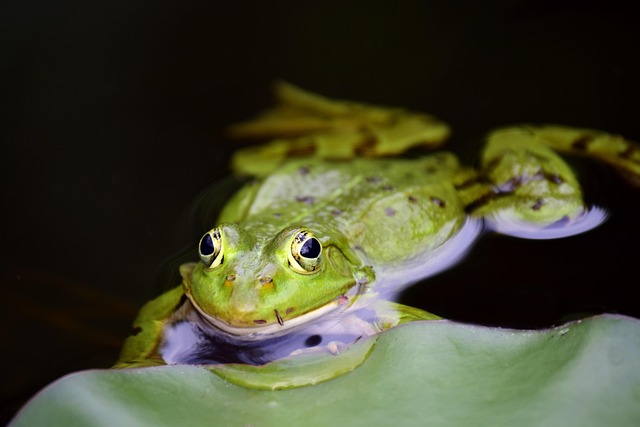
“Exploring the Ecological Distribution of Amphibians”
Exploring the Ecological Distribution of Amphibians
Amphibians, those remarkable creatures that glide between land and water, embody the pulse of our planet’s ecosystems. From the croaking of frogs in lush wetlands to the soft rustle of salamanders in damp forests, these fascinating animals are an integral part of our ecological tapestry. But what determines the distribution of amphibians? This question not only delves into the realm of biology but also touches upon the very heart of environmental wellness.
The Significance of Habitat
Amphibians thrive in specific habitats that provide them with the essential moisture they require for survival, particularly during their reproductive cycles. Wetlands, streams, and forests create a mosaic of environments where these creatures can flourish. For instance, the vibrant colors of the poison dart frog are often sighted in the humid rainforests of Central America, a testament to the significance of habitat diversity. When we consider the distribution of amphibians, it is crucial to appreciate how these varied ecosystems play a role in their existence.
Climate Change and Its Impact
Unfortunately, the delicate balance that offers a sanctuary for amphibians is under threat. Climate change is shifting weather patterns, causing temperatures to rise and precipitation to vary unpredictably. These changes can disrupt the breeding cycles of amphibians, leading to a decline in their populations. Regions that were once thriving habitats may become inhospitable. With such shifts, amphibians—generally regarded as bioindicators—send us warnings about the larger impact of climate changes on biodiversity.
Human Activities and Habitat Loss
Furthermore, human activities such as deforestation, urbanization, and pollution drastically alter the natural landscapes these creatures depend on. As wetlands are drained for agriculture or cities expand into previously untouched forests, the distribution of amphibians becomes increasingly fragmented. This not only threatens their survival but also disrupts the entire ecosystem, as these animals play vital roles in pest control and ensuring healthy plant communities.
Conservation Efforts and Community Engagement
Fortunately, there is a growing movement to protect and preserve amphibian populations and their habitats. From local conservation programs aimed at restoring wetlands to global initiatives focusing on climate action, awareness is increasing around the plight of these enchanting creatures. Community engagement through citizen science projects allows individuals to contribute to monitoring amphibian populations and gaining a deeper understanding of their ecological significance.
Connecting with Nature
As we continue to explore the distribution of amphibians across the globe, it’s essential to foster a connection with nature. Whether through a quiet evening spent listening to the chorus of frogs or a hike in a lush forest discovering salamanders, these experiences deepen our appreciation for the biodiversity that surrounds us. Every step we take in nature reminds us of our role in protecting not just amphibians, but the myriad of life forms that rely on a balanced ecosystem.
Join in on the efforts to learn more about these fascinating creatures and advocate for their habitats. Every small action contributes to a larger cause, ensuring that future generations will continue to marvel at the beauty and diversity of amphibians in our world.



